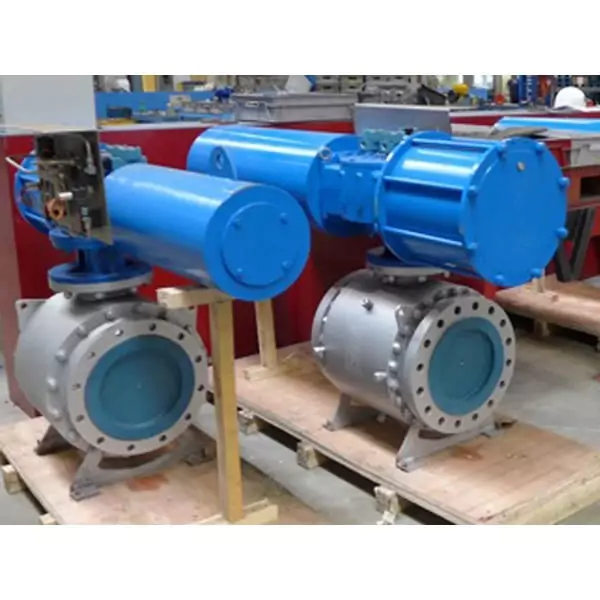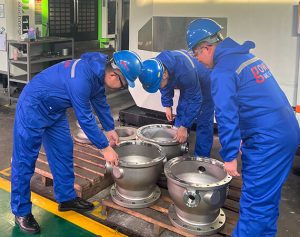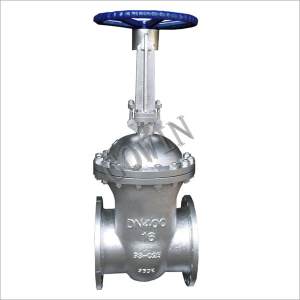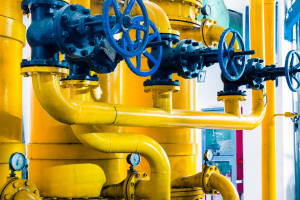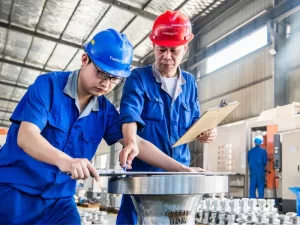Valves and actuators are both essential components in industrial applications. They may seem complex. Yet, understanding the difference between these two can help simplify their roles. Most especially in controlling fluid flow in various systems. In this article, we will break down what valves and actuators are. What are the different types, and how do they work together in different processes?
What is a Valve Actuator?
A valve is a mechanical device. It regulates, controls, or stops the flow of fluids through a pipe or passage. Valves are found in almost every industry. They are vital in controlling flow rates, pressure, or fluid direction. Valves are everywhere. You may find it in a large pipeline in an oil refinery or a small fluid system in a pharmaceutical plant.
Valves come in many different types, each suited for specific applications:
- Gate valves use a sliding gate to block or allow fluid flow.
- Ball valves have a rotating ball with a hole through the center. When the hole aligns with the flow path, the valve opens.
- Butterfly valves operate using a rotating disc (butterfly disc) to either permit or stop flow.
- Globe valves feature a movable plug that regulates flow by moving up and down.
Valves are crucial because they give operators control over fluid systems. It allows them to stop or start flow, adjust flow rates, and maintain safe pressure levels. However, valves can either be manually operated or automatically controlled. This is where actuators come into play.
What is an Actuator?
An actuator is a device that provides the force or motion to operate a valve automatically. Instead of needing manual input (like turning a valve handle by hand), actuators can receive a signal to open, close, or adjust the valve’s position. This is particularly useful in complex industrial systems. Places where manual operation might be impractical or slow.
There are several types of actuators, categorized by their power source:
- Pneumatic actuators use compressed air or gas to generate force and control the valve.
- Hydraulic actuators rely on pressurized fluids to create the necessary force.
- Electric actuators use electricity to drive a motor, which moves the valve.
- Manual actuators involve gears, levers, or wheels that need human effort to operate the valve.
The actuator works as the “muscle” that moves the valve. The valve itself is the “brain” that determines how the fluid is managed. Some actuators also have feedback mechanisms. It indicates whether the valve is open, closed, or somewhere in between.
Key Differences Between Valves and Actuators
Function
- Valves control the flow of fluids. It is done by opening, closing, or partially obstructing the passage.
- Actuators provide the mechanical force to move or control the valve without manual input.
Role in Automation
- Valves can be manually operated or automated. However, automation typically requires an actuator.
- Actuators are designed specifically for automation. They allow remote or automatic control of valves. This is essential in modern industrial systems.
Type of Movement
- Valves control either linear or rotary movement. For example, a gate valve uses linear motion, while a butterfly valve actuator involves a quarter-turn rotary motion.
- Actuators convert power (whether pneumatic, hydraulic, or electric) into either linear or rotary motion. It depends upon the valve they operate.
Energy Source
- Valves do not need energy to perform their basic function (except in the case of a power-operated valve).
- Actuators, on the other hand, require a power source like electricity, air, or fluid to function.
Types of Valve Actuators
Pneumatic Actuator Valve
A pneumatic actuator valve is operated using compressed air or gas. These actuators are highly reliable. They are commonly used in industrial settings due to their simplicity and fast response times. The pneumatic actuator can move valves in either a linear or rotary direction. It is suitable for a variety of valve types, including butterfly valves and ball valves.
Hydraulic Actuators
Like pneumatic actuators, hydraulic actuators convert pressure into mechanical movement. However, hydraulic actuators use fluids like oil rather than air. They are especially useful for applications that require high force or precise control.
Electric Actuators
An electric valve actuator uses electricity to drive a motor, which in turn moves the valve. These actuators are quieter, non-toxic, and energy-efficient. They are ideal for environments where air or hydraulic systems are less practical.
Manual Actuators
These are simple mechanical devices that require human intervention. These are inexpensive and easy to operate. However, manual actuators are less efficient for large or remotely located valves.
The Role of Control Valve Actuators in Automation
In automated systems, control valve actuators play a vital role. They receive signals from the control system (e.g., pressure, flow, or temperature sensors) and adjust the valve accordingly. These actuators handle intermediate positions and fine adjustments. It ensures that the flow is precisely regulated according to process requirements.
For instance, in a pipeline carrying oil, a control valve actuator might adjust the valve opening based on pressure readings. This ensures the flow remains within safe parameters. In food production, they help maintain exact flow rates of ingredients for consistent quality.
Common Uses of Valves and Actuators
Valves and actuators are used across numerous industries. Each with different needs and applications. Below are some examples of where you might find them:
- Wastewater Treatment: Actuators are used to automatically control valves. It manages water flow during treatment processes.
- Oil and Gas Pipelines: Large pipelines use actuators to control valves remotely. This allows quick and precise adjustments in case of pressure changes or emergencies.
- Food Processing: Valves regulate the flow of liquids and gases used in manufacturing food products. Actuators automate these processes for efficiency and consistency.
- Power Plants: In power plants, valves, and actuators are essential for controlling steam, water, and other fluid flows. It regulates turbine and generator operations.
Butterfly Valve Actuators: A Special Case
A butterfly valve actuator controls the movement of a butterfly valve. It consists of a rotating disc that regulates fluid flow. These actuators are often pneumatic, electric, or hydraulic. These are widely used in systems requiring quick shut-off or control, such as HVAC systems and large pipelines.
Introducing Gowin Industrial Valve
Gowin Industrial Valve, founded in 2007, is a leading valve manufacturing company. It is trusted by industries worldwide for reliable products. They have expertise in producing a comprehensive range of valve types. These include ball valves, gate valves, globe valves, butterfly valves, and more. Gowin serves major sectors such as oil & gas, chemical processing, metallurgy, water supply, and energy.
Gowin has built a reputation for reliability and excellence. Thanks to its commitment to quality and customer service. They have ISO certifications (ISO9001 & ISO14001) and standard quality credentials like API6D and Fire Safety API607. Gowin ensures that its valves meet the highest international standards. Gowin is the go-to valve supplier for industries worldwide. From local businesses to large-scale international operations.
Conclusion
Valves and actuators may seem similar. However, they serve distinct and complementary roles in industrial systems. Valves regulate fluid flow. Actuators automate the control of those valves, providing mechanical force or motion. Together, they form the backbone of efficient and safe fluid management systems.
Companies like Gowin Industrial Valve are at the forefront of providing high-quality valve products that integrate seamlessly with various actuators. They have over 16 years of experience and a reputation for excellence. Gowin is trusted by industries across the globe to deliver top-tier valve solutions. Whether you need a pneumatic actuator valve, butterfly valve actuator, or a wide range of other industrial valves, Gowin has you covered with products designed to meet the highest standards of quality and reliability.

